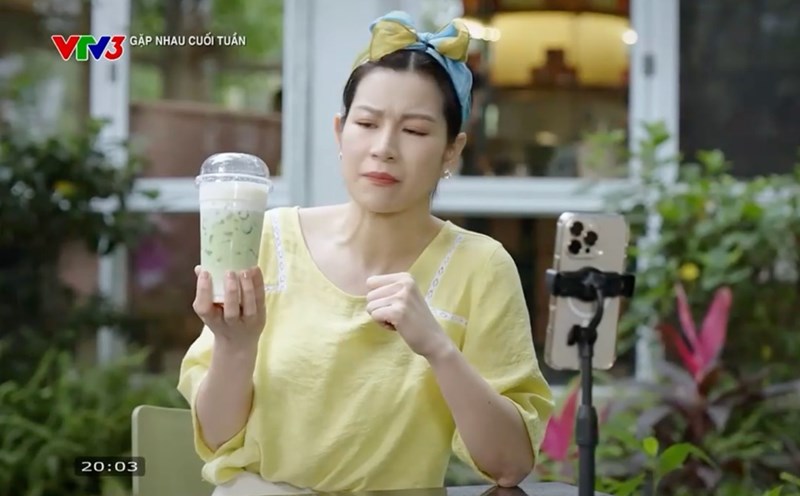Who is responsible for letting fake milk enter the market?
Despite the function of inspecting, controlling the market and fighting against law violations in commercial activities, according to the representative of Hanoi Department of Industry and Trade, the Department Inspectorate, the City Market Management Force has not conducted inspection and handling of violations for two enterprises related to the fake milk production and consumption line from 2021 to the present.
The reason given is that "it is not subject to specialized management" and the market management force "is only allowed to inspect when detecting signs of violations within the assigned functions and tasks".
Regarding this issue, Dr. Lawyer Le Van Thiep - Head of Toan Cau Law Office, Hanoi Bar Association said that milk is a food, associated with nutritional standards and directly related to human health, therefore the first responsibility belongs to the Ministry of Health.
Because products related to human health must have inspection and post-inspection to evaluate the products manufactured and the enterprise self-declaration.

However, the market management force is also the unit responsible for the linkage because this agency can propose and coordinate with relevant agencies to participate in control.
" mark management has the function of assessing whether goods meet the requirements for invoices, documents, and origin during circulation. Although this agency does not have the function of ensuring product quality, it is still required that agencies, units and localities coordinate with each other to inspect," said lawyer Thiep.
Authorities must be responsible for falling into the fake milk trap
Dr. Lawyer Dang Van Cuong - Head of Chinh Phap Law Office (Hanoi Bar Association) said that the case of the fake milk production and consumption ring that has just been dismantled shows loopholes in post-inspection work - the main responsibility belongs to the health agency.
Interdisciplinary inspection teams, including market management forces, are also jointly responsible for the process of monitoring products circulating on the market.
Because according to Article 7 of the 2016 Market Management Ordinance, the market management force is a specialized State force that performs the function of preventing, combating, and handling acts of trading in smuggled goods; producing and trading counterfeit goods, banned goods, and goods of unknown origin.
On that basis, on August 10, 2018, the Prime Minister issued Decision No. 34 stipulating the functions, tasks, powers and organizational structure of the General Department of Market Management under the Ministry of Industry and Trade. According to this decision, the General Department of Market Management at the central level is streamlined on the basis of upgrading and consolidating from the Market Management Department of the Ministry of Industry and Trade.
In the locality, a provincial-level Market Management Department is established under the General Department of Market Management. The provincial Market Management Department has Market Management Teams to perform the function of detecting and handling violations related to the production and trading of counterfeit goods in specific areas.
Currently, the General Department of Market Management has ceased operations, replaced by the Department of Domestic Market Management and Development. However, according to Decree 40/2025, this Department continues to perform the tasks and powers of the General Department of Market Management and still plays a leading role in the work of preventing and combating the production and trading of counterfeit, banned and smuggled goods.
As a consumer product, fake milk with a huge quantity of nearly 600 types is also under the authority of the market management force. Therefore, it is impossible not to be responsible for the market management agency for letting nearly 600 fake milk products work like a robot on the market for the past 4 years.
Lawyer Cuong added that according to current regulations, food production and trading establishments are often inspected no more than twice a year - including periodic inspections according to plan and surprise inspections. The inspection content includes: product labels, comparison of announced information, nutritional quality, food hygiene and safety, legal documents, origin of raw materials, production process and Sampling for testing when necessary.
According to Lawyer Cuong, during the investigation, the authorities need to specifically verify: which unit has the authority, who is the person assigned the task but did not perform it or did not perform it fully, leading to serious consequences. If it is determined that there is an irresponsible act causing serious consequences, the violating individual or organization must be handled according to the provisions of law.
"We cannot rely on a general explanation of the post-inspection mechanism to justify the lax management. When counterfeit goods have been sold and there are victims, it is clear that the authorities must take part of the responsibility for letting them fall into the net," Mr. Cuong affirmed.











